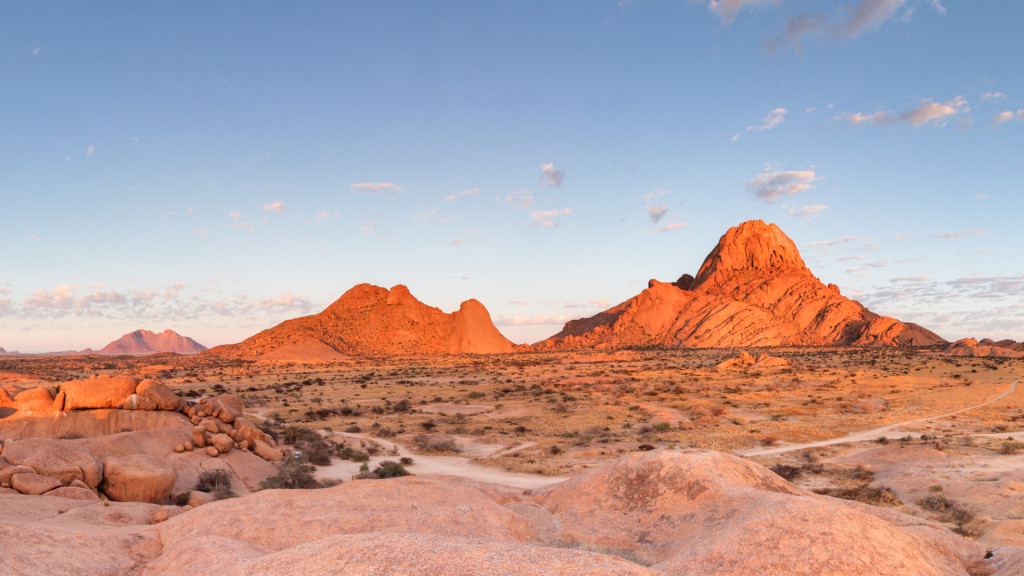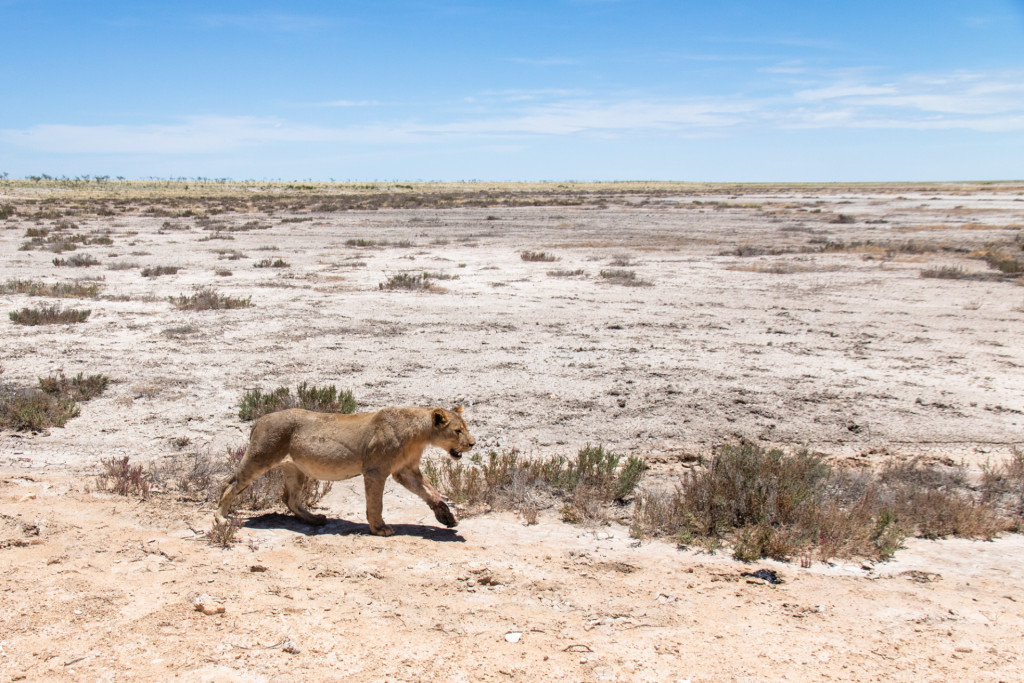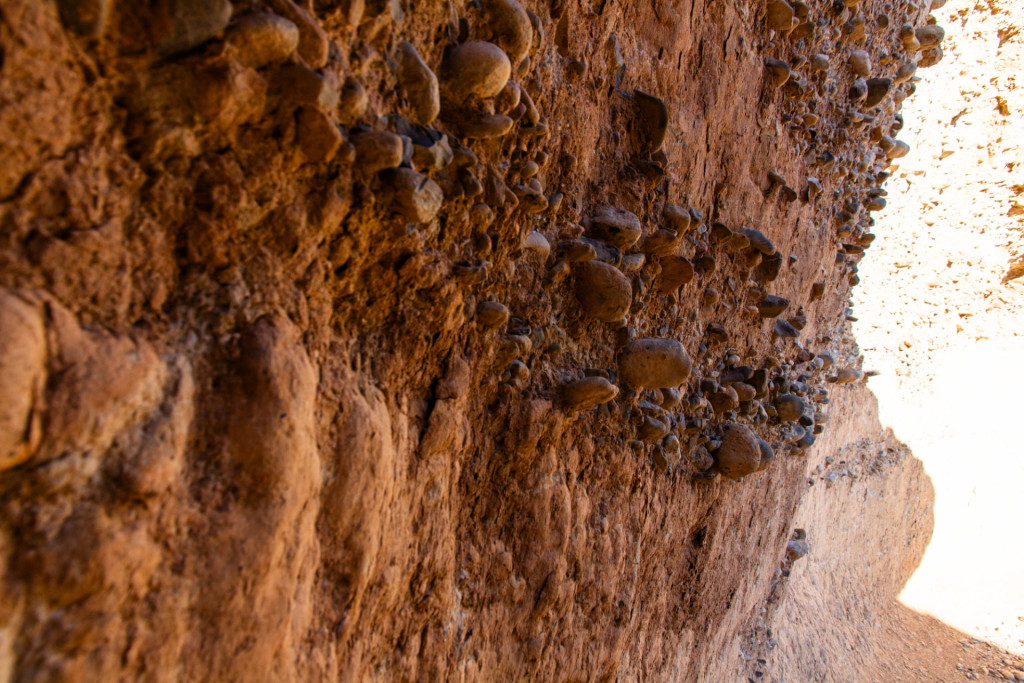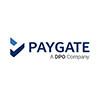Namibia, with its 14 regions including Omusati, Oshana, Ohangwena, Oshikoto, Kunene, Kavango East, Kavango West, Caprivi, Erongo, Otjozondojupa, Omaheke, Khomas, Hardap, and Karas, offers a diverse range of picturesque and captivating filming locations. From idyllic tropical settings to breathtaking desert landscapes, Namibia's filming locations are unparalleled in their beauty and uniqueness.
One of the most spectacular regions for filmmakers is the Namib Desert and its surrounding areas. With its sparsely populated areas, Namibia provides a sense of solitude and vastness that is perfect for film production. Just a short distance from major cities or towns, you can find yourself in the middle of nowhere, surrounded by awe-inspiring natural beauty. Renowned directors like George Miller, Roland Emmerich, Michael Bay, John Moore, and Alex Kurtzman have chosen Namibia as a backdrop for their feature films, recognizing the country's ability to transform Mother Nature into the leading actress of their productions.
Here are some brief descriptions of the filming locations available in Namibia:

Spitzkoppe
Spitzkoppe, a remarkable and iconic landmark, holds deep cultural and spiritual significance for the San Bushmen, making it a place of magic and spirituality. As you approach the towering inselberg and granite peaks of Spitzkoppe, you can immediately sense the awe-inspiring atmosphere that surrounds this extraordinary location. Formed 130 million years ago during the separation of the African and South American continents, Spitzkoppe showcases its uniqueness through the captivating reflections of deep red and orange hues during sunrise and sunset, creating a picturesque and enchanting setting.
Proximity to Swakopmund, Limited Accommodation, Optimal Filming Times, Concession Area, Travel Terrain and Accessibilitysee more

Skeleton Coast
The Skeleton Coast, a hauntingly beautiful stretch of coastline, extends from Angola all the way to the Swakop River, where it meets the coastal town of Swakopmund. This region has captivated the imagination of both the San Bushmen and Portuguese sailors, who referred to it as "The Land God Made in Anger" and "The Gates of Hell," respectively. The Skeleton Coast National Park, encompassing over 16,000 square kilometers, is named after the whale and seal bones that once scattered its shores from the whaling industry. Today, it is known for the skeletal remains of shipwrecks that have fallen victim to offshore rocks and fog, with notable wrecks like the "Eduard Bohlen," "Otavi," "Shawnee," "Zela," and "Dunedin Star."
National Park Jurisdiction, Remote and Rural Location, Specifying Filming Locations, Restricted Areas and Protected Zones, Travel Terrain and Vehicle Requirements,see more

Etosha National Park
Etosha National Park, spanning an impressive area of 22,270 square kilometers (8,600 sq mi), derives its name from the vast Etosha pan, which occupies nearly the entire interior of the park. The Etosha pan itself covers 4,760 square kilometers (1,840 sq mi), accounting for about 23% of the total park area. This iconic feature and the diverse habitats of the park provide a captivating backdrop for filming, boasting a rich variety of mammals, birds, and reptiles.
Jurisdiction and Regulations, Travel Terrain, Lodging Options, Proximity to Windhoek Hosea Kutako International Airport, Park Regulations and Off-Road Drivingsee more

Sesriem Canyon
Sesriem Canyon, a breathtaking geological wonder, offers a dramatic desert landscape perfect for filming. Sesriem Canyon provides a stunning backdrop with the convenience of nearby logistical support, making it an ideal choice for filmmakers seeking the serene beauty of Namibia's deserts.






